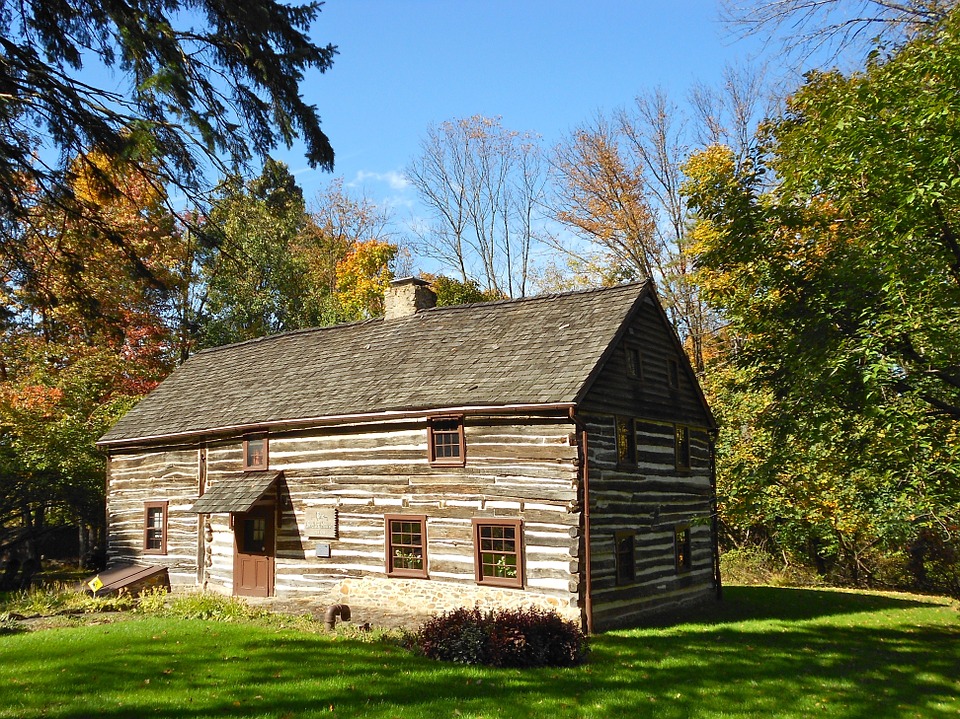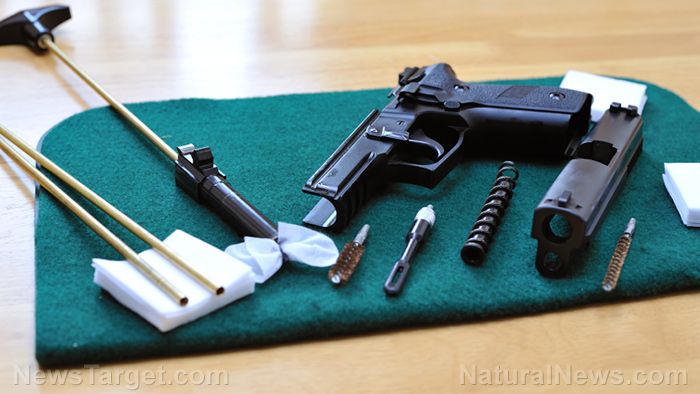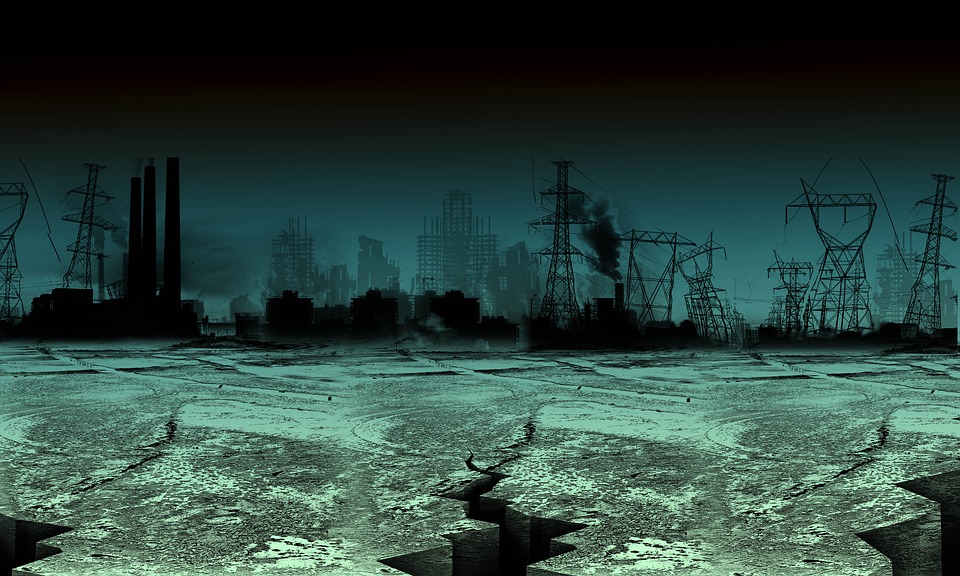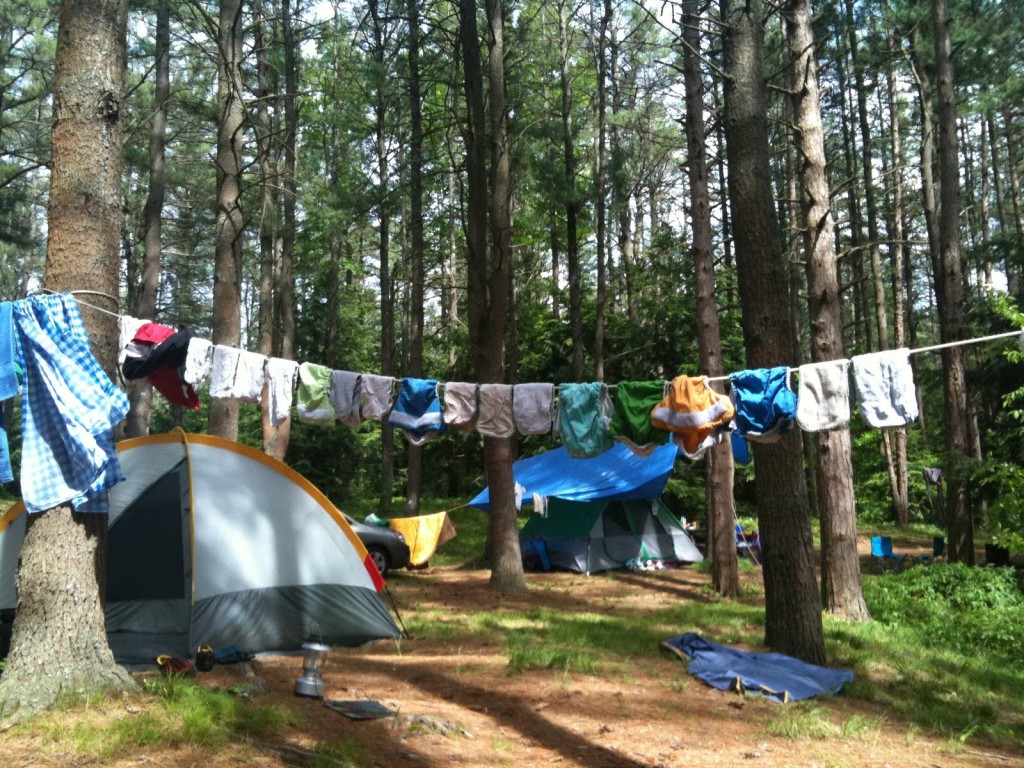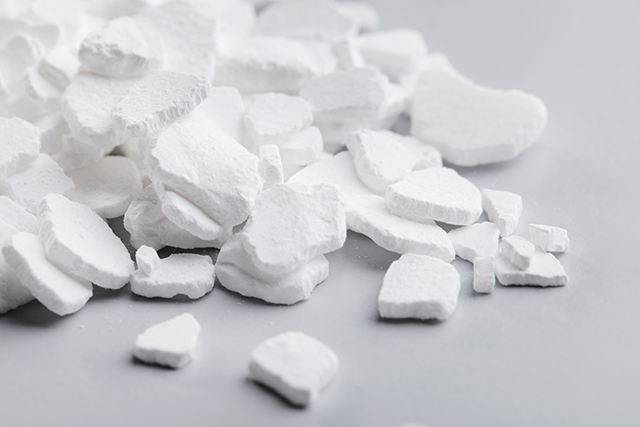The 6 best ways to store emergency supplies in a small space
09/03/2018 / By Rhonda Johansson

The key to smart prepping is resourcefulness. While it is ideal to have a big space to store your emergency supplies, sometimes it can’t be helped that you’re stuck in a cramped apartment. That said, space — or the lack thereof — should never be an excuse as to why you’re not prepared for a SHTF situation. We’ve listed down six of the best ways to store emergency supplies in a small space. (h/t to ApartmentPrepper.com.)
- Use all available space – There’s space under the bed, in the closet, on your shoe rack — you get the idea. Utilize all available space. One part of an apartment most people forget is the walls. Install some shelves on your walls, and you’ll suddenly find that you have extra space!
- Buy space-saving items – Be innovative. One of our favorite tricks is to buy a shoe bag and hang it on the inside of a closet. The little pockets can be used to hold a lot of stuff: small medicines, baby wipes, bandages, etc. You may also want to create a space over the toilet by installing a removable shelf.
- Think vertically – Apply macro-architectural strategies in your home. Instead of horizontal storage spaces which take up space, think vertically. Use the space on top of your refrigerator or kitchen cabinets. Buy small organizers and fill them with canned foods or other emergency supplies.
- Maximize multi-functional items – Store your emergency supplies in suitcases, purses, gym bags, and similar items. We also recommend hiding your supplies in antique trucks (if you have them) that can also be used as end tables, ottomans, or footrests.
- Store your emergency water in the freezer – Freeze two-liter bottles three-quarters full of water in the freezer. Fill all the available space in this area. The extra ice helps during a power grid failure, and you can begin using the ice water from the freezer once you use up your primary water supply.
- Remember your car – If you have a car, don’t forget to maximize it, too. Store your BOB or survival kit in the trunk of the vehicle. This is also a good idea if you suddenly have to leave town in a hurry.
Don’t forget to make a list of where each item is stored. Sometimes it can get really confusing, and you can lose track of all of the things that you’ve hidden! A good idea is to allocate a specific area for a type of item. So, for example, that space under your sink could be for your personal hygiene emergency supplies while the suitcases can be filled with medical items.
Remember though that this rule of thumb does not apply to emergency food. Stored food should always be replaced and rotated, even if the storage conditions are not ideal. Warm, humid conditions can make food spoil faster. Rotating supplies can prevent this from happening.
Ultimately, the idea here is to take a stroll around your house but see it through different eyes. Look out for areas where junk has accumulated. It will take some DIY innovation but done correctly and over time, you will find yourself able to store your emergency supplies easily.
What you really need
The truth? There are literally hundreds of survival items out there. Some of them you’ll want and some of them you’ll need. Don’t go crazy and splurge on everything on a panic shopping run.
Take note that prepping is about building your supply of goods over time. We don’t recommend doing it all at once. Prepping is not a one-shot strategy, it’s a lifestyle that you live through each day.
Having written this, there are a few non-negotiable items that every prepper should stock up on.
- Bottled water – Make sure that you have enough for at least two weeks. The general rule is to have one gallon per person per day.
- Two ways to start a fire – At the very least. Stock up on lighters, matches, or Ferro rods.
- Food – Try to have at least two weeks’ worth of food, except for things that have to be refrigerated. Focus on non-perishable foods such as canned items and various stuff like peanut butter, crackers, etc.
- Cash – During a grid-down scenario, you will not be able to withdraw money. Banks will be closed. ATMs will be down. It’s best to have actual cash on hand to buy the stuff that you need. (Related: Prepping to barter when SHTF: What skills to learn and items to stockpile.)
Lastly, the most important thing every prepper should have is knowledge. All of these supplies will be useless if you don’t know how to use them.
Read more helpful guides like this at Preparedness.news.
Sources include:
Tagged Under: caching, canned food, canned good, emergency food, Food storage, Gear, prepping, prepping tips, supplies, survival gear


